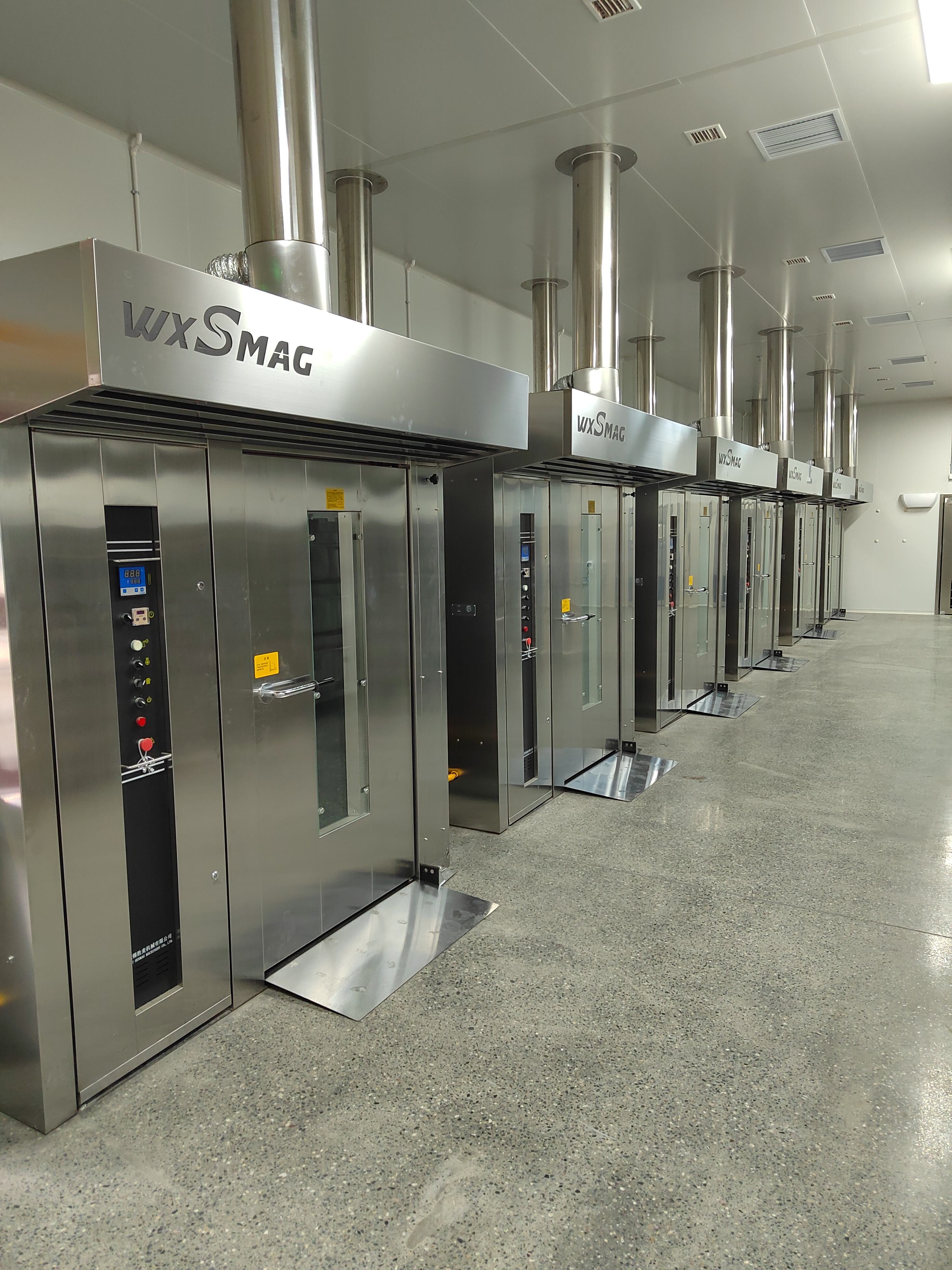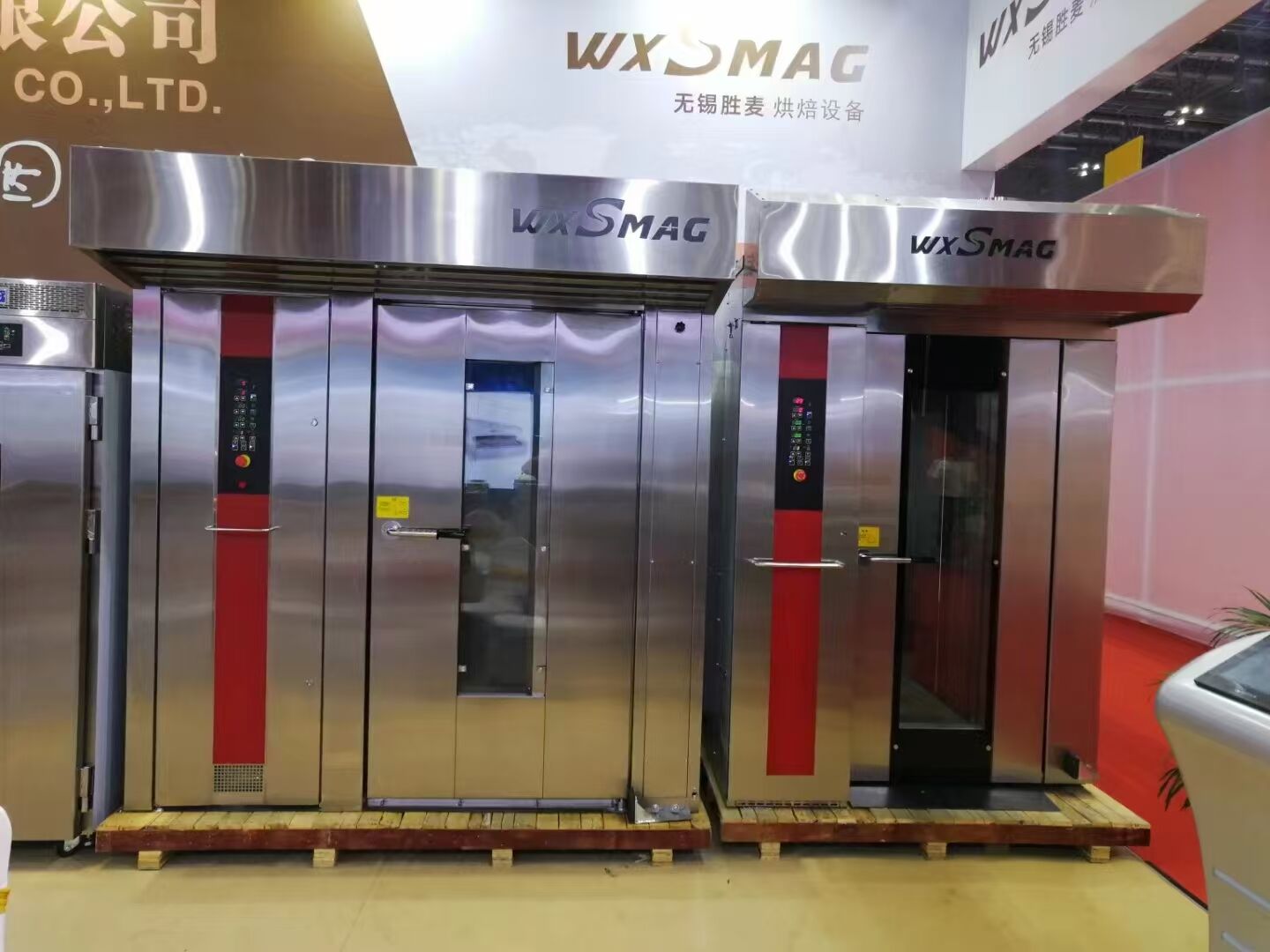Understanding Modern Commercial Baking Technologies
The evolution of commercial baking equipment has transformed the way bakeries and food manufacturing facilities operate. At the heart of this transformation lies the continuous advancement of baking technologies, with rotary ovens emerging as a game-changing solution. These sophisticated pieces of equipment have revolutionized the baking industry, offering unprecedented levels of consistency, efficiency, and quality in commercial baking operations.
The commercial baking sector demands reliable, high-performance equipment that can deliver consistent results while maintaining operational efficiency. As we delve deeper into the various aspects of baking equipment, we'll explore how rotary ovens stack up against conventional alternatives and why they've become increasingly popular in professional kitchens worldwide.
Technical Specifications and Performance Metrics
Heat Distribution and Temperature Control
Rotary ovens excel in providing uniform heat distribution through their innovative rotating mechanism. Unlike static deck ovens, where heat spots can create inconsistent results, rotary ovens ensure every product receives equal exposure to heat. The rotating platform eliminates the need for manual rotation of baking trays, resulting in perfectly even browning and consistent internal temperatures across all items.
Temperature control in rotary ovens is remarkably precise, with advanced digital controls allowing bakers to maintain exact temperatures throughout the baking cycle. Conventional ovens often struggle with temperature fluctuations, but rotary ovens maintain steady temperatures even when the door is opened, thanks to their superior insulation and rapid recovery systems.
Energy Efficiency and Operating Costs
When examining energy consumption, rotary ovens demonstrate impressive efficiency metrics. Modern rotary ovens incorporate advanced insulation materials and smart heating elements that minimize heat loss and optimize energy usage. Compared to traditional deck ovens or convection ovens, rotary ovens can reduce energy consumption by up to 30% while maintaining higher production volumes.
The initial investment in rotary ovens may be higher than other baking equipment, but the long-term operational costs often prove more economical. The combination of reduced energy consumption, lower labor requirements, and increased production capacity typically results in a faster return on investment.

Production Capacity and Throughput Analysis
Volume Capabilities and Space Utilization
Rotary ovens shine when it comes to production volume and space efficiency. A single rotary oven can handle significantly larger batch sizes compared to conventional ovens, with some models capable of baking hundreds of pieces simultaneously. The vertical design maximizes floor space utilization, making rotary ovens particularly valuable in facilities where space is at a premium.
The rotating rack system allows for multiple levels of products to be baked simultaneously, effectively multiplying the production capacity without increasing the oven's footprint. This vertical efficiency is a major advantage over horizontal deck ovens, which require substantially more floor space to achieve similar output levels.
Product Versatility and Consistency
One of the most significant advantages of rotary ovens is their versatility in handling different types of baked goods. From bread and pastries to cookies and cakes, these ovens can accommodate various products while maintaining consistent quality across batches. The ability to fine-tune temperature, humidity, and airflow parameters makes them suitable for virtually any baking application.
The consistency achieved with rotary ovens is unmatched by other baking equipment. The rotating mechanism ensures that all products receive identical exposure to heat and steam, eliminating variations in color, texture, and doneness that can occur with static ovens. This consistency is particularly valuable for businesses that pride themselves on product uniformity.
Maintenance and Longevity Considerations
Regular Maintenance Requirements
While rotary ovens are sophisticated pieces of equipment, their maintenance requirements are relatively straightforward. Regular cleaning of the rotating mechanism, checking seal integrity, and calibrating temperature controls are essential tasks that help ensure optimal performance. Compared to deck ovens, which may require frequent stone replacement and manual cleaning of multiple decks, rotary ovens can be maintained more efficiently.
The modular design of many rotary ovens makes component replacement and repairs more accessible than with traditional baking equipment. Most manufacturers provide comprehensive maintenance schedules and training, helping operators maximize their equipment's lifespan while minimizing downtime.
Durability and Service Life
Modern rotary ovens are built to withstand the demands of continuous commercial operation. High-quality materials and robust construction contribute to exceptional durability, with many units remaining in service for 15-20 years or more with proper maintenance. The sealed bearing systems and protected mechanical components resist wear better than exposed elements in conventional ovens.
The long-term reliability of rotary ovens often surpasses that of other baking equipment, particularly in high-volume operations. While the initial investment may be higher, the extended service life and reduced maintenance requirements make them a cost-effective choice for serious baking operations.
Advanced Features and Technological Integration
Digital Controls and Automation
Contemporary rotary ovens incorporate sophisticated digital control systems that allow for precise parameter adjustment and monitoring. Touch-screen interfaces, programmable recipe storage, and automated steam injection systems provide bakers with unprecedented control over the baking process. These features significantly reduce the learning curve for new operators while ensuring consistent results across shifts.
The integration of smart technologies enables remote monitoring and diagnostics, allowing operators to track performance metrics and anticipate maintenance needs. Many models can be connected to central management systems, providing valuable data for process optimization and quality control.
Safety and Ergonomic Considerations
Safety features in rotary ovens have evolved significantly, incorporating multiple fail-safes and emergency systems. Advanced door locking mechanisms, temperature limiters, and automated shutdown systems protect both operators and products. The ergonomic design of loading and unloading systems reduces physical strain on workers, contributing to improved workplace safety and efficiency.
The automated features of rotary ovens minimize the need for manual intervention during the baking process, reducing the risk of burns and other workplace injuries common with traditional ovens. The improved accessibility and user-friendly controls make these ovens safer and more comfortable to operate over long production shifts.
Frequently Asked Questions
How do rotary ovens compare to deck ovens in terms of product quality?
Rotary ovens typically provide more consistent results across all products due to their even heat distribution and rotating mechanism. While deck ovens are known for producing excellent artisan bread with crispy crusts, rotary ovens offer superior consistency and are better suited for high-volume production while maintaining professional-quality results.
What types of businesses benefit most from investing in rotary ovens?
Medium to large-scale bakeries, industrial food manufacturers, and high-volume foodservice operations benefit most from rotary ovens. These businesses can maximize the equipment's capacity while achieving the consistency and efficiency needed for commercial production. The versatility and reliability of rotary ovens make them particularly valuable for operations that produce diverse product lines.
How long does it typically take to see a return on investment with rotary ovens?
Most businesses see a return on their rotary oven investment within 2-3 years, depending on production volume and operating hours. The combination of increased productivity, reduced labor costs, and improved energy efficiency contributes to faster ROI compared to traditional baking equipment. The long service life of rotary ovens further enhances their long-term value proposition.

